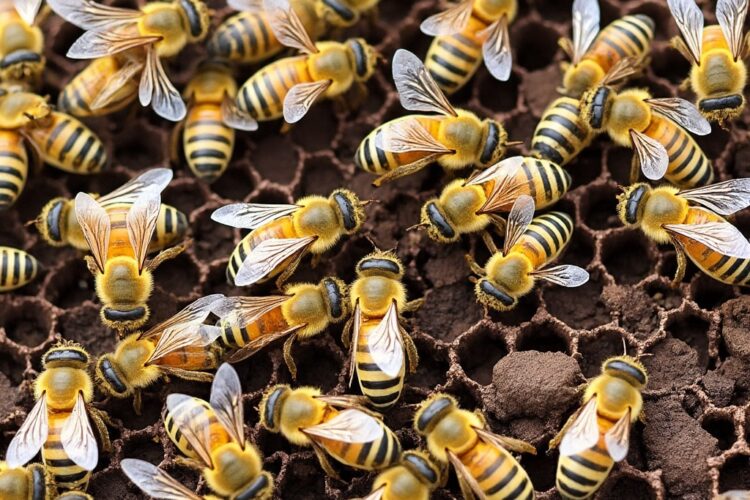Bees are dying due to a combination of factors, including habitat loss, pesticides, disease, climate change, and parasites.
Long answer
The decline in bee populations, often referred to as colony collapse disorder (CCD), is a complex issue with multiple contributing factors:
- Habitat Loss: Bees depend on diverse and abundant sources of food, primarily flowering plants, for nectar and pollen. Urbanization, agricultural expansion, and deforestation have led to the loss of natural habitats and reduced food availability for bees.
- Pesticides: Certain pesticides, especially neonicotinoids and other systemic insecticides, have been linked to bee deaths. These chemicals can be absorbed by plants and contaminate the nectar and pollen that bees collect, harming their health and reproduction.
- Disease and Parasites: Bees face various diseases and parasites that can weaken or kill entire colonies. Examples include the Varroa mite, which attaches to bees and spreads viruses, and Nosema, a fungal parasite that affects bee digestive systems.
- Climate Change: Shifts in temperature and weather patterns can disrupt the timing of plant flowering, affecting bee foraging schedules. Climate change can also alter the distribution of plants and pests, impacting bee habitats and food sources.
- Monoculture Farming: Large-scale monoculture agriculture limits the variety of plants available to bees, leading to reduced nutrition and weakened immune systems. Bees need diverse food sources to thrive.
- Beekeeping Stress: Commercial beekeeping involves the transportation of hives across long distances for pollination services, exposing bees to new environments, stress, and potential diseases.
- Poor Nutrition: Intensive farming practices often prioritize high-yield crops over those beneficial to bees. This can lead to poor nutrition and weaken bee colonies.
- Electromagnetic Radiation: Some researchers have studied the potential impact of electromagnetic radiation from human technologies on bee navigation and communication, but more research is needed to establish a clear link.
To address the issue of declining bee populations, conservation efforts focus on creating pollinator-friendly habitats, reducing pesticide use, promoting sustainable agriculture, and raising awareness about the importance of bees in ecosystems and food production. Policymakers, farmers, beekeepers, and individuals all play vital roles in protecting these essential pollinators.






